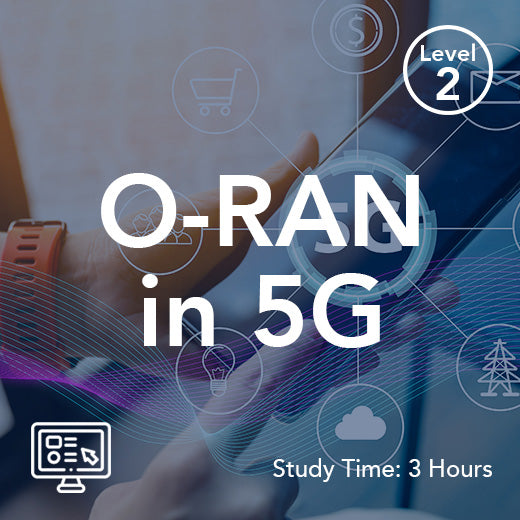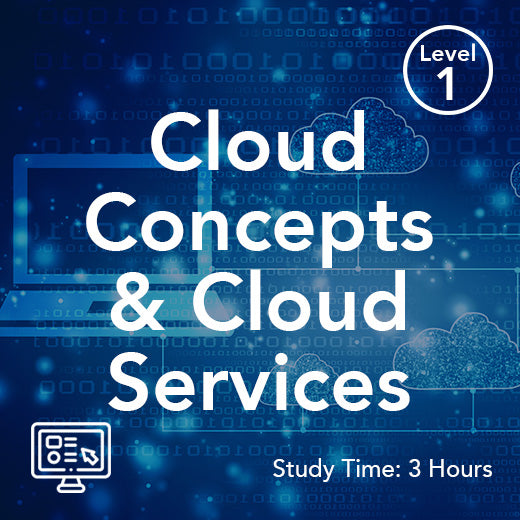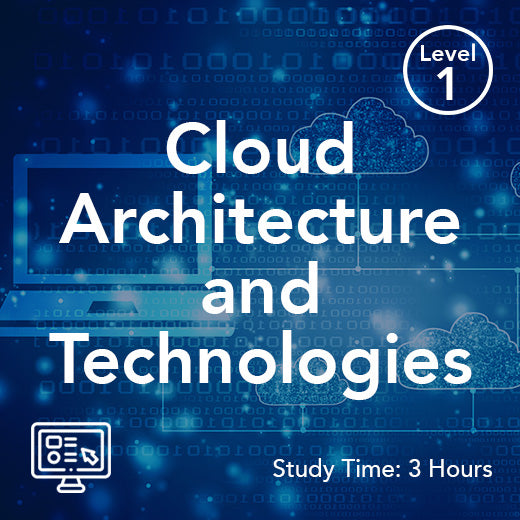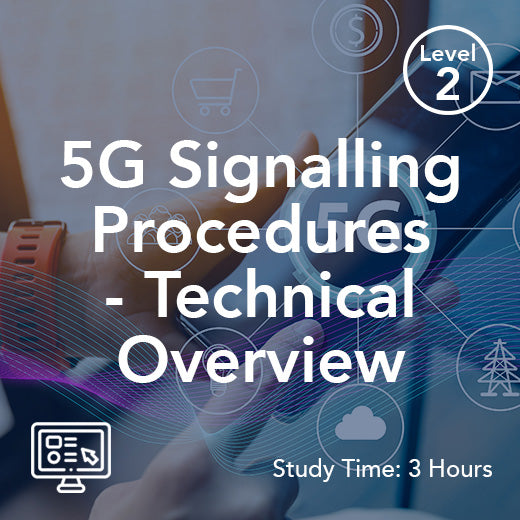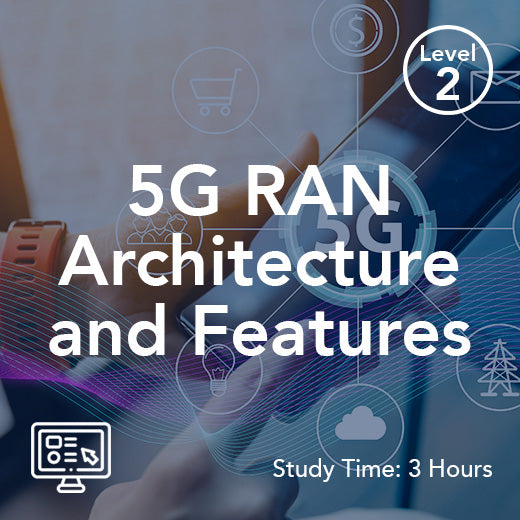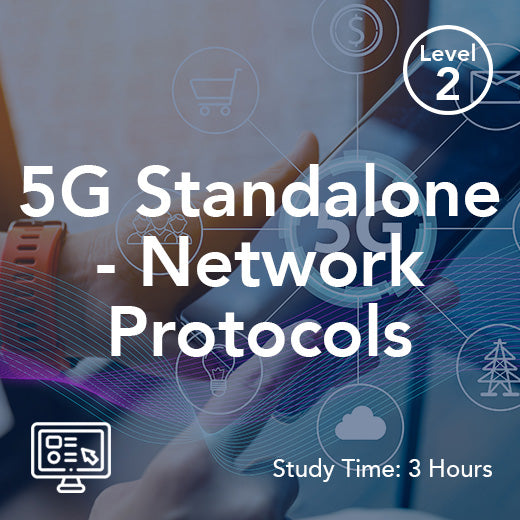5G New Radio Overview
- , by Paul Waite
- 7 min reading time

In deploying 5G, operators are committing to a significant investment cycle. It therefore follows that they expect a return on that investment within a reasonable timeframe. The question is how! Fundamentally, in terms of both the radio on the overall infrastructure architecture, 5G works in a similar way to 4G. However, the implementation is very different, and this gives 5G several key advantages over 4G in terms of supporting both the existing broadband business model, and industry-specific use cases. The advantages are realised across the entire 5G system, but in particular, the 5G New Radio (NR) air interface is where are the most significant new features are to be found.
Underlying Flexibility – the Key Difference Compared to 4G LTE
Firstly, 5G uses the underlying technique known as OFDMA (Orthogonal Frequency Division Multiple Access). Although most people don't need to understand the details, this is the same techniques used in 4G LTE, except in 5G it is used in a much more flexible way. That means 5G can be applied efficiently to a much wider range of deployment scenarios, or in support of a very wide range of use cases.
Working Efficiently with 4G LTE – Controlling the Investment
Because they use the same underlying technique, it was possible to design 5G so that it works effectively with the existing 4G radio interface. This is important because it enables a controlled rollout of 5G that builds on, and adds to, to the existing operators' infrastructure. Additional (5G) capacity can be added only when needed, allowing for 5G investment to be targeted in a way that maximizes financial return.
5G New Radio - Opening Up New Spectrum
The flexible use of OFDMA enables a much wider range of the frequency spectrum to be used for 5G. This opens up large parts of the spectrum which are currently underutilised, enabling regulators to develop national licensing regimes that include much increased licensed spectrum for operators, as well as much easier access to shared and unlicensed spectrum, which in turn is set to directly open up 5G to a more diverse range of service providers and vertical industries.
Advanced Antenna Techniques – Increasing Efficiency
Radio interface efficiency is regarded as one of the key advantages (alongside access to increased spectrum) that 5G brings in support of the existing mobile broadband business model. It is primarily enabled by the fact that 5G allows access to higher frequencies within the spectrum. This means that antenna sizes are reduced requiring, in turn, that multiple / advanced antenna techniques are used at the base station.
Effectively, the advanced antennas support beamforming and MIMO (Multiple In, Multiple Out) techniques in a much more efficient way then was previously available in 4G. There are range of different advanced antenna techniques available, but they all have one thing in common, which is that energy can be focused, or directed, fairly precisely in both the uplink and downlink directions. Much of the increase that 5G brings over 4G is realised in this way.
Maximising Efficiency Across a Wide Range of Radio Environments
Another Direct result of the way in which OFDMA is applied more flexibly in 5G, is that 5G we can be deployed more efficiently across a much wider range of radio environments. The radio environment is determined by a number of different factors, including the Frequency used, the bandwidth, interference from within the system or outside, the multipath environment (dependent on weather coverage is being provided in in business districts, urban environments, or rural), and environmental factors including the weather. By configuring 5G appropriately, we can protect against any detrimental impact of the radio environment, maximising efficiency and service performance.
Coding for Error Protection – Across a Wide Range of Radio Environments
Efficiency of the radio interface directly relates to the financial investment needed. So, although we are getting great advantages from being able to access increased spectrum, and to use that spectrum more efficiently by deploying advanced antenna techniques, we have also so gone further in improving efficiency in a number of different areas. One of these areas is in the way we protect from the worst effects of the radio environment in the form of transmission errors. Any transmission is run through a mathematical algorithm that introduces dependences within the data stream. Those dependences, in turn, allow for the correction of any errors when the stream of data is received (up to a certain limit). The technique used in 5G is known as LDPC (Low Density with Parity Check), which is an improvement on the turbo coding used in 4G, when used to new system in which there are expected to be a lot of errors.
Efficiently Tailoring the 5G NR to Different Use Cases
The flexibility of the 5G new radio directly impacts how we can make resources available in a range of different use cases. Mobile broadband for example is very different to the low data rate, low power, requirements needed to support meter readings as part of the internet of things, in terms of radio resource requirements. Unlike 4G, which was optimised for mobile broadband in an urban environment with relatively large cells (and which needed NB-IoT as a complementary technology to efficiently support IoT), 5G is configurable so that it can support both scenarios, as well as many others, in a much more efficient way.
Achieving Low Latency with 5G NR
There are also some additional features that make 5G suitable for use cases that require low latency operation. Firstly, OFDMA can be configured so that the actual bits have a shorter duration. For various reasons this does not affect your overall bit rate of the channel, but it does mean that small amounts of information can easily be transmitted across the radio interface more quickly. Secondly the timing and framing structures in 5 g of being redesigned (compared to 4G), reducing any unnecessary delays in both the processing and response times.
We have looked at just a snapshot the main 5G new radio features when compared to 4G. There are some clear advantages for operators, the telecommunications industry, and customers. 5G also opens up the market to range of new players and a much wider range of use cases. Because 5G shares the same technology foundation, and much of the heritage of 4G, it can be deployed as an integral part of the existing public network, or standalone in support of private or hybrid networks. This means investment need only been made where necessary, or where the operator (or other company) would be confident in getting a return on their financial commitment.
Mobile traffic continues to climb and operators' capital expenditure on infrastructure remains stubbornly high. However, the 5G New Radio, as part of the wider system, provides the overall efficiency / performance improvements outlined above. With this in mind (and with a few caveats on devices), even before considering the new use cases and diverse scenarios that are enabled, the question has to be "can I afford to not to invest in 5G", rather than "can I afford the 5G investment".
Webinar: 5G New RadioDate: 12th October 2021 | 2-3pm (UK Time) The 5G New Radio (NR) air interface is the most significant new feature of the 5G system. In this one-hour presentation, we'll look at why by examining some of the key features of 5G New Radio, the benefits, and the opportunities for network operators Learn more and register. |















